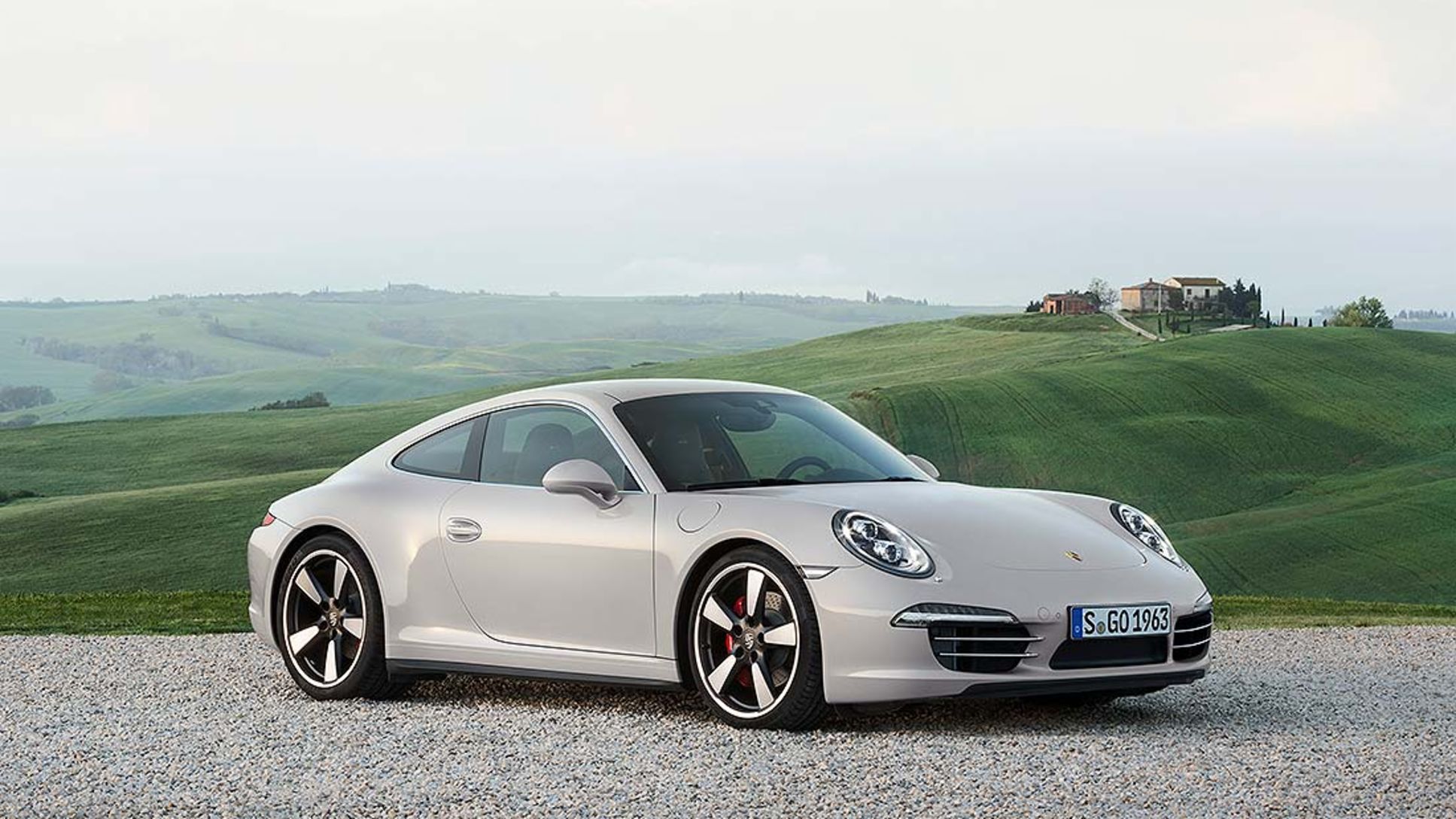Virtually no other car in the world can look back on such a long tradition and on continuity over as many years. Since being presented under the name Type 901 at the International Motor Show (IAA) in September 1963, it has fascinated car fans throughout the world and today it is viewed as the de facto standard for all other sports cars. The 911 is also the yardstick for all other model ranges of the Porsche brand – each Porsche, is the sportiest car in its own market sector and a part of the 911 philosophy can be found in each Porsche.
With more than 820,000 units constructed, the Porsche 911 is the world’s most successful sports car. The Porsche engineers from Zuffenhausen and Weissach have reinvented the 911 in each of the now seven generations and have thus demonstrated the innovativeness of the Porsche brand again and again. Like no other vehicle, the 911 combines apparent opposites such as sportiness and everyday usability, tradition and innovation, exclusiveness and social acceptability, design and functionality. No wonder that each generation has written its own individual success story. Ferry Porsche described the characteristics of the 911 very fittingly. "The 911 is the only car that you can drive from an African safari to Le Mans, then to the theatre and onto the streets of New York."
Alongside the design, as classical as it is unique, it has always been its ground-breaking technology that distinguished the Porsche 911. Many of the ideas implemented for the first time in the Porsche 911 can trace their origins to the race track. After all, the 911 has always been dedicated to performance, and the race track was its most important test lab. Right from the beginning, it was at home on all race courses throughout the world and has proven itself as a victorious vehicle that is both versatile and reliable. Over two-thirds of 30,000 Porsche race victories to date are owed to the 911.
Porsche celebrates an anniversary
For Porsche, the 50th anniversary of the 911 is the main topic of 2013. The range of celebratory activities is wide and diversified: the "Retro Classics" motor show in Stuttgart marks the beginning. The Porsche Museum will herald in the anniversary year with four very special exhibits from March 7 to March 10. Besides a pilot series 911 Turbo 3.0 from 1973, a 911 Turbo Cabriolet concept car from 1981 and the street version of the 911 GT1 (1997), the 754 "T7" prototype will be on show. This body study by Ferdinand Alexander Porsche from 1959 is considered a milestone on the way to the 911 design.
In addition, the Porsche Museum is marking the "50 Years of Porsche 911" anniversary with a special grand exhibition. From June 4 to September 29, 2013, Porsche will review the history and development of the "911". The in-house publisher "Edition Porsche Museum" also plans to release the "911x911" anniversary volume.
Consumption data
911 (Type 991): Combined fuel consumption: 9.0 – 8.2 l/100 km; CO₂ emission: 211 – 191 g/km
